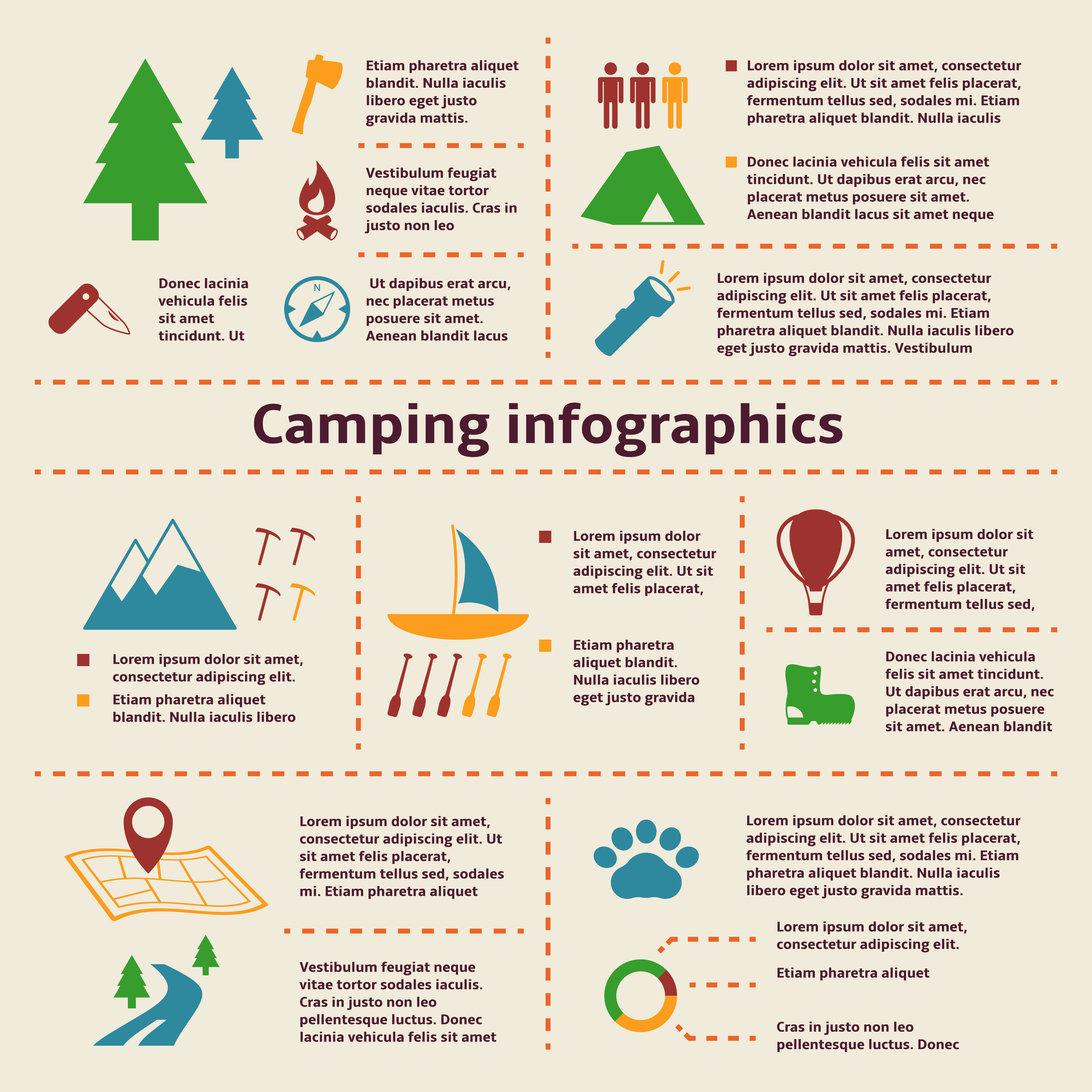A Quick Course In Making Money Selling Camping Tents Online
A Quick Course In Making Money Selling Camping Tents Online
Blog Article
Does Your Backpacking Tent Need a Footprint?
A footprint is costly and includes additional weight to your knapsack. It additionally isn't specifically sturdy.
What's the difference between campsite and tent site?
Inevitably, whether or not a tent footprint is necessary relies on where and just how usually you're camping. In general, it's a good idea to use one if you camp on unpleasant surface areas or in wet conditions.
Tents with Lower Deniers and Waterproof Ratings
Tents with lower deniers and waterproof ratings often tend to be lighter, yet they can additionally be extra vulnerable. They might need more frequent repair work and have less interior room than harder versions. If you're a laid-back backpacker that likes to travel fast and light, this could be great; nonetheless, even more knowledgeable walkers understand that compromising sturdiness can include big consequences down the route.
The denier and water-proof ranking of a camping tent's canopy, rainfly, and floor can help you establish its livability. Seek higher-denier textiles on the cover and rainfly, in addition to taped seams that help prevent water from permeating via stitches. Some makers even use warmth and sealer throughout building to create a more powerful joint; these are called welded seams.
The livability of a tent can additionally be figured out by its floor dimensions and ability. An outdoor tents's floor ought to be slightly smaller sized than the footprint to prevent water from merging under the sanctuary.
Camping Tents in Rough Terrain
Several backpacking camping tents include an impact developed specifically for their model, which aids make sure a proper fit and protects the outdoor tents's base from wetness and sharp objects. Various other makers sell global impacts that can be cut or folded up to match a camping tent's dimensions.
The sort of surface you'll experience is an additional crucial consideration for picking a camping tent. For instance, if you'll be camping in a canyon or gully, look for a sanctuary that can deal with luxury tent solid winds. These conditions create disturbance that can make the difference in between appreciating your campsite or enduring discomfort.
The capacity and top height of an outdoor tents provide you a good concept of its livability, but added elements to consider consist of vestibules (the section of the rainfly covering the doors) and general storage space. As an example, during our winter months screening of the Marmot Tungsten, its generous 93-by-82-inch flooring easily took care of four sweaty backpackers and their puffier shoulder period sleeping bags while still leaving sufficient room for gear and people.
Outdoors Tents in Wet Conditions
Even if your outdoor tents appears dry, dampness prowls in the nooks and crannies. Gradually, it can weaken the fabric. That's why it's so crucial to make the most of day of rest to deep-clean your tent and its elements, such as zipper cellular linings, risk loops and adjustable webbing straps.
Additionally, ensure to pitch your outdoor tents in a flat area, not a divot or concave place, so that ground water doesn't gather between the camping tent flooring and impact or tarp. And if you're making use of a footprint, take into consideration a custom-cut one designed for your camping tent's layout. It won't gather rain the way a generic ground cloth or tarp can.
Technique establishing and removing your tent at home prior to you hit the trail, to get a feel for just how rapidly and effectively you can do it. Additionally, method surveying your tent in different surfaces to see how simple it is (or isn't) to do in bad climate condition.
Tents in High-Rise Situations
Camping tents vary in floor size and livability. As an example, a large tent with double doors and vestibules like Marmot's Tungsten can handle four backpackers without needing acrobatics to get in and out or to keep equipment.
The minimum path weight requirements is the best spec to contrast versions, as it includes the bare essentials: camping tent body, rainfly and posts. Yet keep in mind that the spec omits outdoor tents stakes, guy lines and stuff sacks.
A lot of backpacking outdoors tents can stand up to a light summer storm, however some can be swept away by gale-force gusts. Try to find a version with strong poles, an increased bathtub-style flooring and joint taping to reduce the chance of water leaking with. More expensive styles likewise often tend to include stronger materials that can withstand the effect of debris and various other pressures.
What size bell tent do I need?
